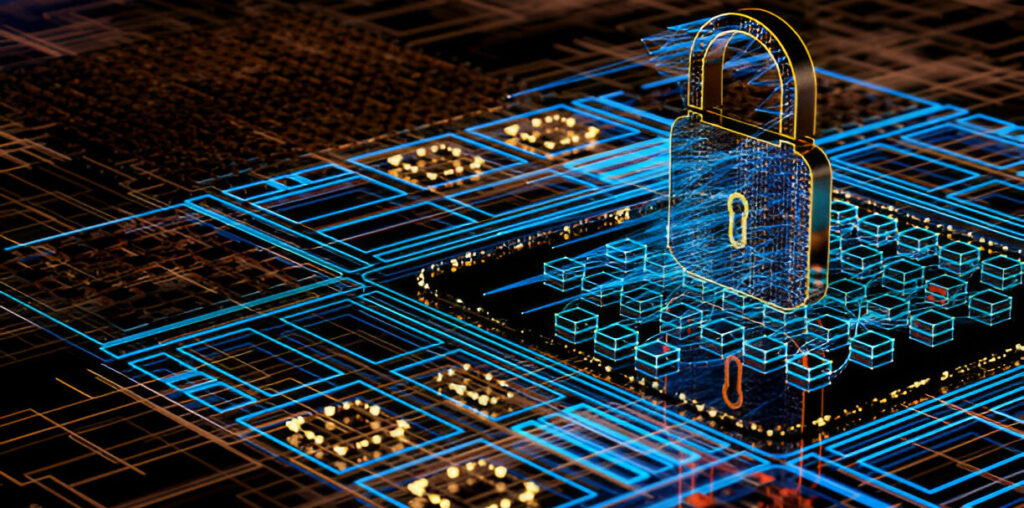As warfare evolves, critical infrastructure becomes an increasingly appealing target for cyberattacks. Artificial intelligence (AI) is emerging as a double-edged sword—empowering defenders while simultaneously being exploited by adversaries. This technological arms race underscores the urgent need to leverage AI effectively to protect critical systems and ensure security in modern and future conflicts.
The Growing Importance of Cybersecurity in Modern Warfare
Critical infrastructure, encompassing energy grids, transportation networks, communication systems, and water supply chains, represents the backbone of any nation. In a warfare scenario, these systems are not just logistical enablers but also strategic targets. The rise of sophisticated cyberattacks highlights the vulnerabilities inherent in traditional defense mechanisms.
AI-driven cybersecurity systems have become pivotal in identifying, mitigating, and preventing attacks. By analyzing vast amounts of data, AI can detect anomalies, predict potential breaches, and respond in real time to emerging threats. However, the same capabilities that make AI a formidable defense tool also make it a powerful weapon for adversaries aiming to cripple infrastructure.
AI’s Role in Enhancing Cyber Defenses
One of AI’s most significant contributions to cybersecurity lies in its ability to process and analyze data at an unprecedented scale. Machine learning algorithms can:
- Detect unusual patterns in network traffic.
- Identify zero-day vulnerabilities before they are exploited.
- Automate threat response, minimizing human intervention.
These capabilities are essential in protecting critical infrastructure, especially when considering the increasing complexity of cyber threats. For instance, during simulated attacks on energy grids, AI systems have demonstrated their ability to isolate compromised nodes and reroute power flows, ensuring minimal disruption.
Moreover, AI-powered systems offer predictive insights that are invaluable for decision-makers. By identifying emerging threats, defense planners can adopt proactive measures to mitigate risks. This anticipatory approach is particularly critical in hybrid warfare scenarios, where cyberattacks often precede physical confrontations.
Challenges in Leveraging AI for Cybersecurity
While AI offers immense potential, it is not without challenges. The reliance on data for training algorithms introduces vulnerabilities. Adversaries can manipulate datasets to create blind spots or generate false positives, undermining the effectiveness of AI-driven defenses.
Additionally, the ethical implications of autonomous decision-making in cybersecurity cannot be overlooked. Systems designed to counter cyber threats must be transparent and accountable to avoid unintended escalations. The integration of AI also necessitates collaboration between private and public sectors, as critical infrastructure often spans both domains.
Lessons from Above Scorched Skies Novel
The novel Above Scorched Skies offers a compelling exploration of AI’s role in future warfare. It delves into scenarios where advanced AI systems are used to defend against and launch cyberattacks targeting critical infrastructure. By illustrating these high-stakes battles, the book underscores the necessity of robust cybersecurity frameworks in a world increasingly dependent on interconnected systems.
One of the key takeaways from Above Scorched Skies novel is the importance of resilience in cybersecurity. The narrative highlights how multi-layered defenses and redundant systems can mitigate the impact of coordinated cyberattacks. This aligns with real-world strategies that prioritize defense-in-depth approaches to protect critical infrastructure.
The Role of AI in Offensive Cyber Operations
While AI’s defensive applications are well-documented, its use in offensive cyber operations is equally transformative. AI can automate the reconnaissance phase of an attack, identifying vulnerabilities in adversary systems with remarkable precision. Moreover, it can generate sophisticated malware that adapts to changing environments, making detection and mitigation increasingly challenging.
However, the use of AI in offensive operations raises significant ethical and legal concerns. The ability to launch highly targeted attacks with minimal human intervention blurs the lines between state-sponsored actions and rogue activities. As highlighted in Scorched Skies novel, the unchecked use of AI in warfare can lead to devastating consequences, emphasizing the need for international norms and agreements to govern its application.
Building Resilient Cybersecurity Frameworks
Protecting critical infrastructure requires a multi-faceted approach that leverages AI while addressing its limitations. Key components of a robust cybersecurity framework include:
- Continuous Monitoring and Assessment: AI systems must be continuously updated to adapt to evolving threats. Real-time monitoring ensures that anomalies are detected promptly.
- Redundant Systems: Redundancy minimizes the impact of successful attacks. For example, decentralized energy grids can continue functioning even if certain nodes are compromised.
- Human-AI Collaboration: While AI can automate many aspects of cybersecurity, human oversight remains essential. Analysts can provide context and make strategic decisions that AI systems might overlook.
- Cross-Sector Collaboration: Public and private sectors must work together to secure critical infrastructure. Sharing intelligence and best practices enhances collective resilience.
- Ethical AI Deployment: Systems should be designed with transparency and accountability to prevent misuse and unintended consequences.
The Future of AI and Cybersecurity in Warfare
As warfare evolves, the intersection of AI and cybersecurity will play a pivotal role in shaping outcomes. The ability to protect critical infrastructure against sophisticated cyberattacks will be a key determinant of national security. Lessons from Above Scorched Skies underscore the importance of proactive measures and ethical considerations in harnessing AI’s potential.
Building resilience requires a comprehensive strategy integrating advanced technology, human expertise, and international collaboration. By doing so, nations can safeguard their critical infrastructure and ensure stability in an increasingly interconnected world.




